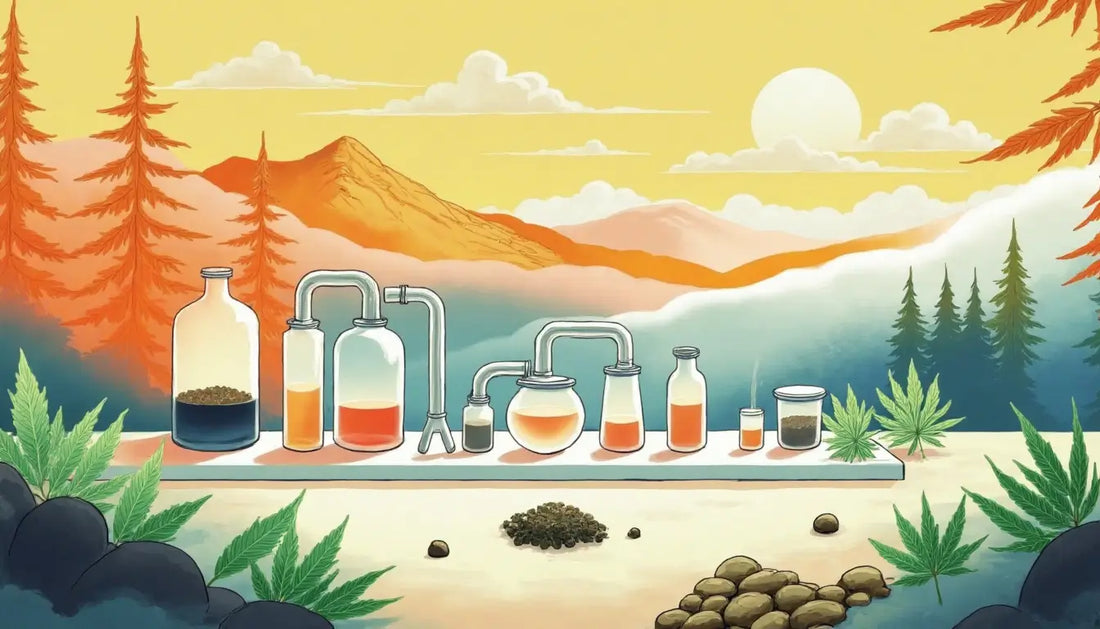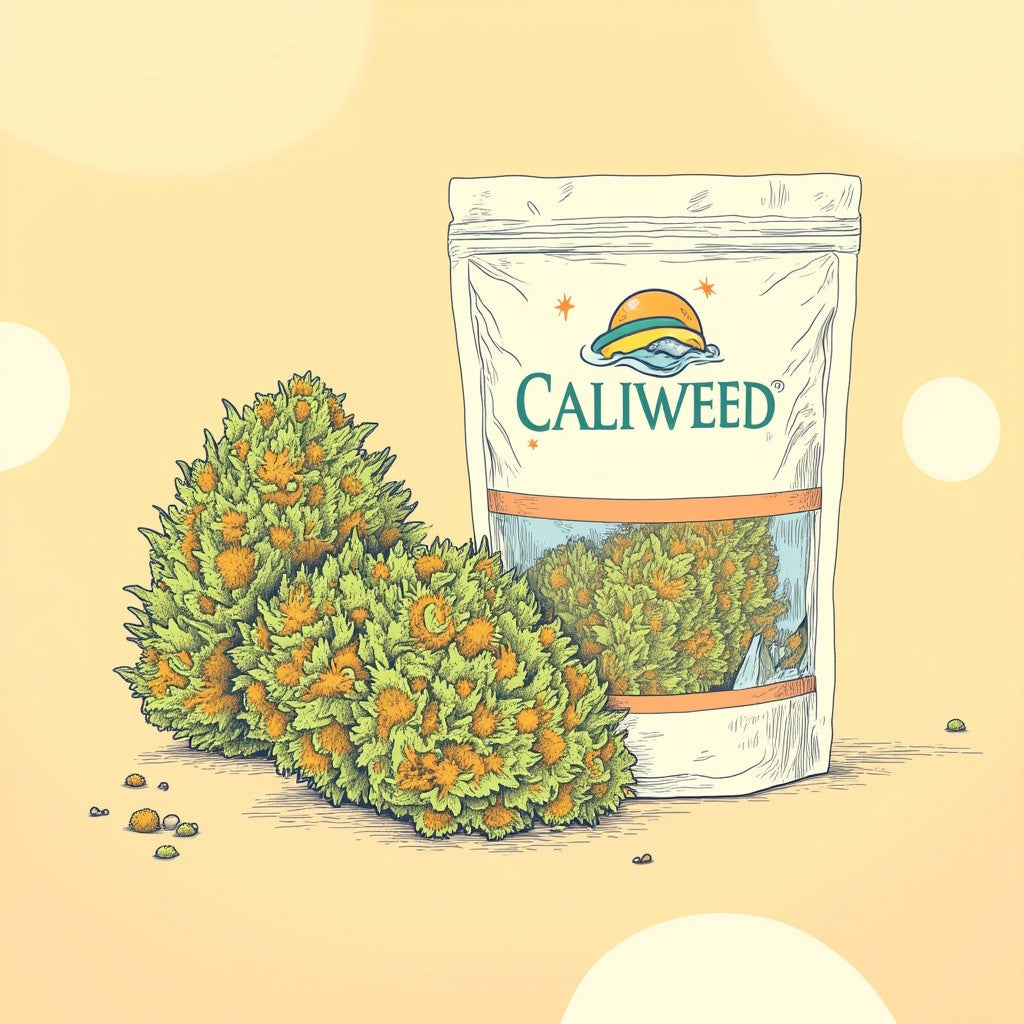
CBD resin extraction and manufacturing processes
CBD resin is a powerful concentrate that appeals in particular to regular consumers, but how is it really made? We explain the various stages and methods of extraction, in simple terms.
Things to remember
- Production begins with the collection of CBD-rich trichomes from hemp flowers.
- There are several traditional techniques for extracting these trichomes (dry sift, ice-o-lator, Charas...).
- Pressing, refining and drying transform pollen into ready-to-use resin.
Reminder: what is CBD resin?
CBD resin, also known as hash or CBD pollen, is a highly concentrated hemp product obtained from the trichomes of the flowers. These microscopic glands contain the majority of cannabinoids, as well as terpenes.
During production, the aim is to separate these trichomes from the plant material, then agglomerate them to form a homogeneous paste. This process can be carried out in a variety of ways, using traditional or mechanized methods.
Step 1: Harvesting the trichomes
The first step is to choose a quality plant, grown without chemicals, and dry the flowers thoroughly.
Once ready, the flowers are manipulated to detach the trichomes. Several techniques can be used to recover this pollen.
Dry sifting
Dry sieving is a widely-used traditional technique. The flowers are rubbed on a fine sieve or in a vibrating drum so that the trichomes fall out in powder form (kief), which is then filtered several times to give it greater purity.
Ice-o-lator extraction
This modern method usesvery cold water to separate the trichomes. The flowers and water are mixed with ice, which breaks up the trichomes, which are then filtered through several sieve bags. The result is a very pure, often lighter-colored hash known asIce-o-Lator CBD.
Triple filtering
This is an improved version of dry sieving. Three types of increasingly fine mesh are used to further purify the kief. The result is a highly concentrated, oily and fragrant resin.
Charas (hand-harvested)
Originating in India, Nepal and Afghanistan, this technique involves rubbing fresh flowers between the hands. The trichomes stick to the skin, then are harvested and rolled into a ball. This is a very traditional method, not widely used in Europe, but it produces a product rich in aroma.Afghan Hash CBD is an exceptional product.
Stage 2: transforming kief into resin
Once the trichomes have been recovered in powder form, they need to be processed into compact CBD resins.
Kief is compressed by hand or with a mechanical press. Some also use gentle heat to facilitate agglomeration. This pressing determines the density and texture of the final product.
Drying is the second stage of the process, and is especially crucial for water extractions. The resin must be thoroughly dried, either in the open air or in a ventilated area, to avoid mold.
Some producers leave their resin to rest for a few days to several weeks. This allows the aromas to develop and the texture to homogenize.
How to recognize a good CBD resin?
Not all hashes are created equal, and even when you opt for cheap CBD resin, here are a few signs that can help you spot a quality product:
- A malleable texture, neither too dry nor too sticky;
- Natural flavours, no chemical or burnt taste;
- Homogeneous color (light brown, golden, black, depending on the method);
- CBD content clearly indicated on the product sheet, often between 10 and 30%.
Artisanal methods are still in vogue
Although some modern techniques use more sophisticated equipment, artisanal methods are still widely appreciated for their ability to preserve the product's aromas and authenticity. Many premium resins are still made using manual or semi-handcrafted processes.
CBD resin can be consumed in several ways. It can be vaporized, infused or incorporated into culinary preparations, but to preserve its qualities, it must be kept away from air, light and humidity. A small, opaque, airtight glass jar in a cool place is ideal. Now you know all you need to know about CBD resin and are ready to enjoy your favourite product!

